How Flexible LED Screens Unlock Creative Possibilities in Curved LED Display Systems
The Evolution of Display Technology
In today’s visually saturated environments, static rectangular displays are no longer sufficient. Brands, architects, and designers now demand immersive and dynamic content experiences. This shift in expectations has driven the rise of curved LED display systems, a technology that redefines creative freedom.
Unlike rigid panels, curved led display modules can bend, twist, and curve to adapt to complex structures. Consequently, curved LED display systems now power everything from immersive stage designs to futuristic retail facades.
As display systems evolve beyond flat formats, flexible LED screens stand at the center of visual innovation.
1. What Are Flexible LED Screens?
Flexible LED screens are lightweight, bendable modules composed of soft PCB boards and silicone rubber housings. These features allow the screen to form concave, convex, cylindrical, or even wavy shapes.
Compared to conventional displays, their core advantages include:
- Modular design for complex installations
- Lightweight materials that reduce load
- High pixel density with seamless stitching
- Easy maintenance via magnetic or hook systems
Most importantly, their adaptability allows creative ideas to become real-world visual experiences.
2. The Rise of Curved LED Display Systems
Curved LED display systems emerged in response to modern architectural and branding demands. Buildings are rarely flat. Museums, airports, galleries, and stages require displays that conform to space, not the other way around.
These systems can follow curves, wrap pillars, contour to walls, and suspend from ceilings. With advancements in LED pitch technology, even extreme curves maintain stunning resolution and color fidelity. Thus, curved systems enable environments where content flows naturally with space.
3. Applications That Demand Flexible Displays
The flexibility of LED screens makes them indispensable across industries. Common applications include:
| Industry | Application Example |
|---|---|
| Retail | Wavy ceiling signage in luxury boutiques |
| Stage Design | Cylindrical backdrops for concerts |
| Architecture | Curved facades and media walls |
| Transportation | 360° info displays at airports or stations |
| Corporate | Dome displays in innovation labs |
| Museums | Immersive storytelling zones |
In all these settings, rigid screens simply cannot deliver the same visual cohesion.
4. Technical Structure: What Makes Flexibility Possible?
Flexible LED panels are built from:
Soft PCB materials: Allow bending without breakage
Silicone housings: Protects modules while enabling flexibility
Magnetic or hook structures: Simplifies mounting on irregular surfaces
Segmented design: Each module can connect seamlessly
Most importantly, control systems can handle irregular pixel arrangements while ensuring accurate rendering. This innovation opens the door to radical design freedom.
5. Seamless Integration with Architecture
Curved LED display systems integrate smoothly with architecture. Traditional screens require flat support structures. In contrast, flexible displays follow curves or wrap around columns without extensive support.
Benefits include:
Fewer construction adjustments
Minimal intrusion on design aesthetics
Direct mounting on artistic features
Improved harmony between space and screen
For example, a museum can create a timeline across a circular gallery wall, creating an immersive, uninterrupted story.
6. Visual Impact and User Engagement
Visual content is more engaging when it surrounds and interacts with viewers. Flexible LED screens can:
Wrap around the viewer’s field of vision
Synchronize movement with ambient lighting
Trigger sensory responses with curved motion
Compared to flat displays, curved formats increase dwell time, memory retention, and emotional response.
This is particularly important for experiential marketing, where brands compete for attention in immersive spaces.
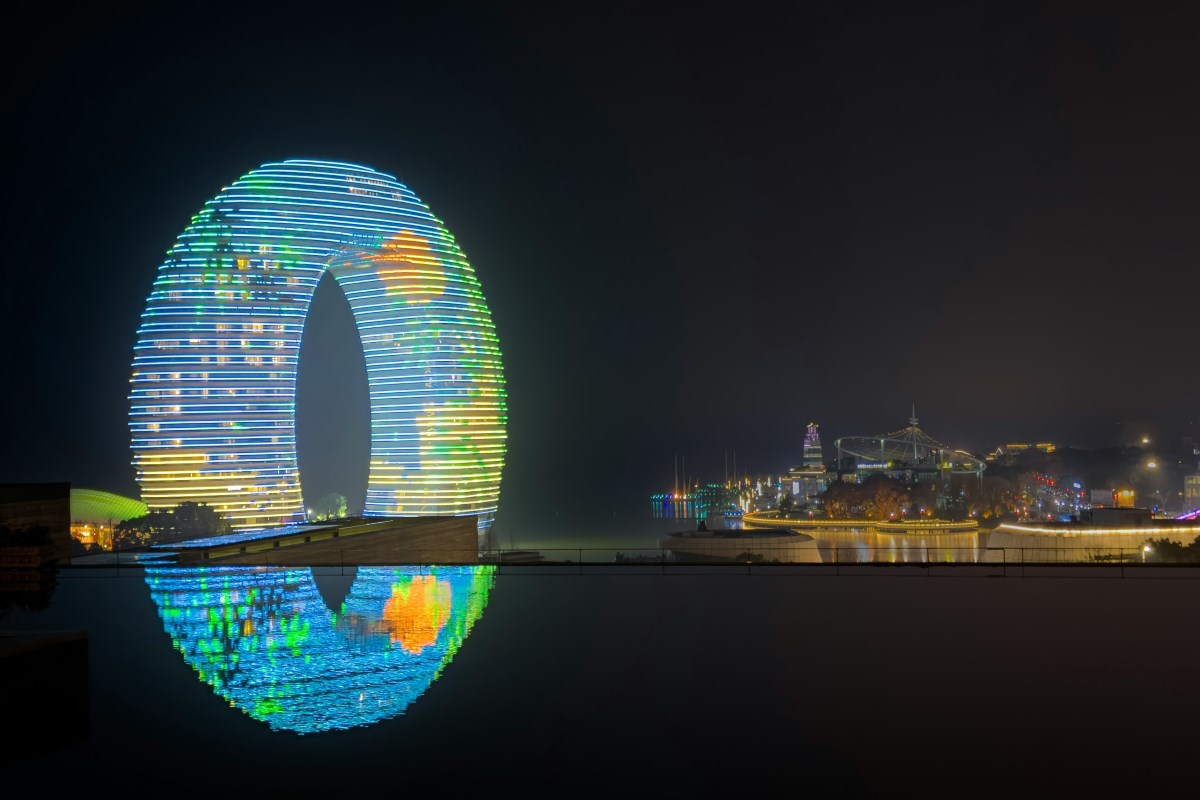
7. Creative Freedom for Designers and Architects
From a design perspective, flexibility means fewer compromises. Architects no longer have to reshape walls to fit a screen. Instead, they shape the screen to fit the vision.
For example:
An oval conference ceiling can feature a 360° LED halo
A spiral staircase wall can host scrolling digital content
Sculptural installations can embed content inside abstract curves
These designs are only possible through flexible LED technology, where creativity is not restricted by hardware geometry.
8. Fine Pixel Pitch for Close Viewing
Earlier flexible displays suffered from low resolution and visible seams. However, modern advances have overcome these issues.
Today’s curved LED display systems offer:
Pixel pitch options as low as 1.25mm
160°+ wide viewing angles
Seamless transitions across modules
High brightness with HDR support
This allows both close-range and large-scale visual excellence. Whether the viewer is 2 feet or 20 meters away, the content remains sharp.
9. Energy Efficiency and Sustainability
Flexible LED screens are designed for continuous operation. Yet, they consume less power compared to large LCD walls.
Features that improve energy efficiency include:
Automatic brightness adjustment via sensors
Lower heat output due to advanced thermal design
Long life span—up to 100,000 hours of operation
Recyclable housing materials (depending on the manufacturer)
These features align with global sustainability goals, especially for public spaces and green-certified buildings.
10. Real-Time Content Control
Content management is crucial for creative displays. Flexible LED systems support:
Remote updates via cloud-based CMS
Multi-zone content playback
Real-time syncing with audio and sensors
Support for 3D animation and AR overlays
This makes them suitable for interactive storytelling, public safety alerts, or dynamic brand engagement.
Why Choose Madder’s Curved LED Display Systems?
Madder designs and manufactures high-performance curved LED display systems engineered for creativity. Our strengths include:
Ultra-thin flexible panels
Fine pixel pitches (P1.25 to P3.91)
Custom bending angles
Smart playback systems
Fast delivery and global support
Clients use our displays in airports, malls, cultural centers, and entertainment venues—bringing architecture and storytelling to life.
Conclusion: Transforming Spaces with Curved Displays
The future of display technology lies in versatility. Flexible LED screens are more than just visual tools—they are storytelling canvases. With the ability to mold into any space, they empower brands, architects, and designers to reimagine how content lives in the environment.
From stunning architecture to interactive art, curved LED display systems unlock endless creative potential. Madder remains committed to helping partners realize bold ideas with reliable, scalable, and beautiful display solutions.
If your next project demands innovation, flexibility, and visual excellence, choose Madder.

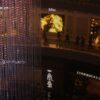
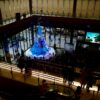
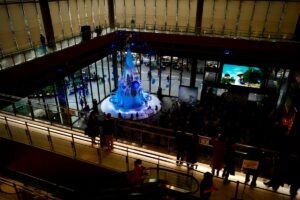
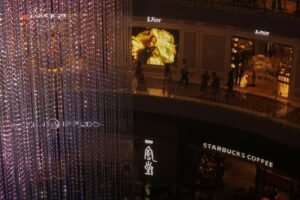



Leave a reply